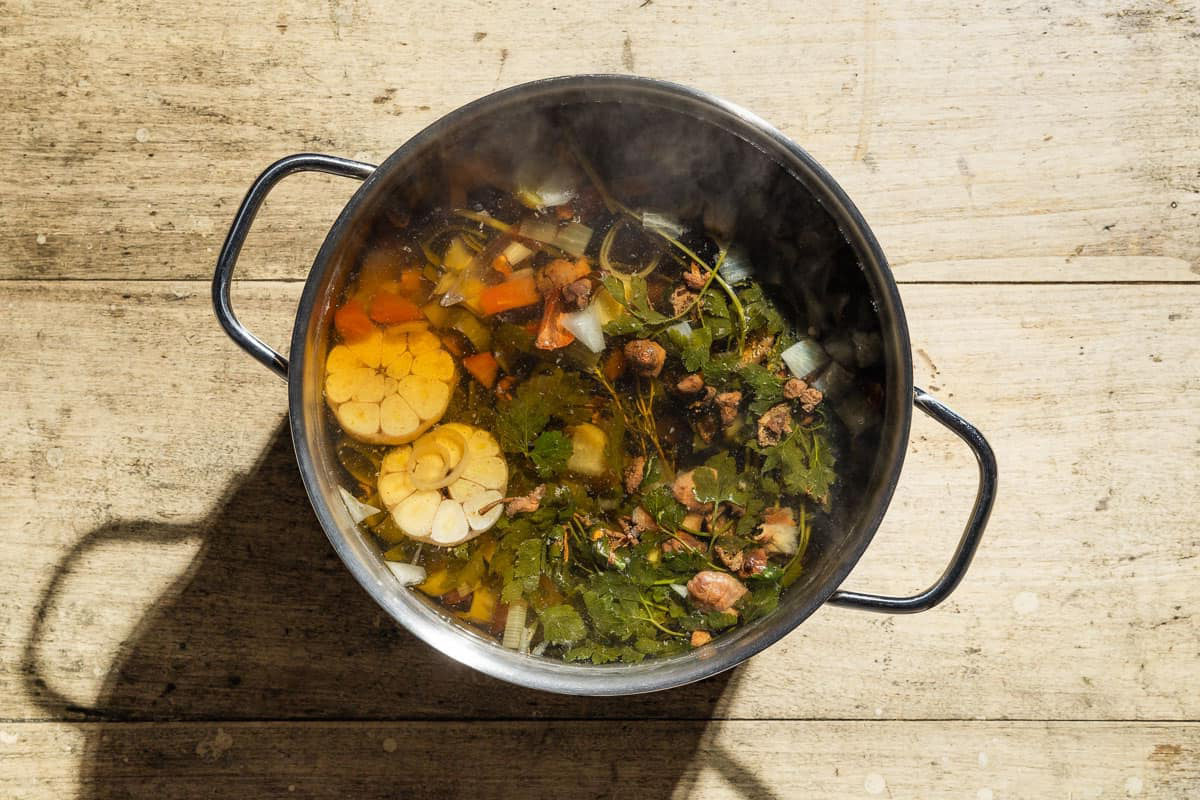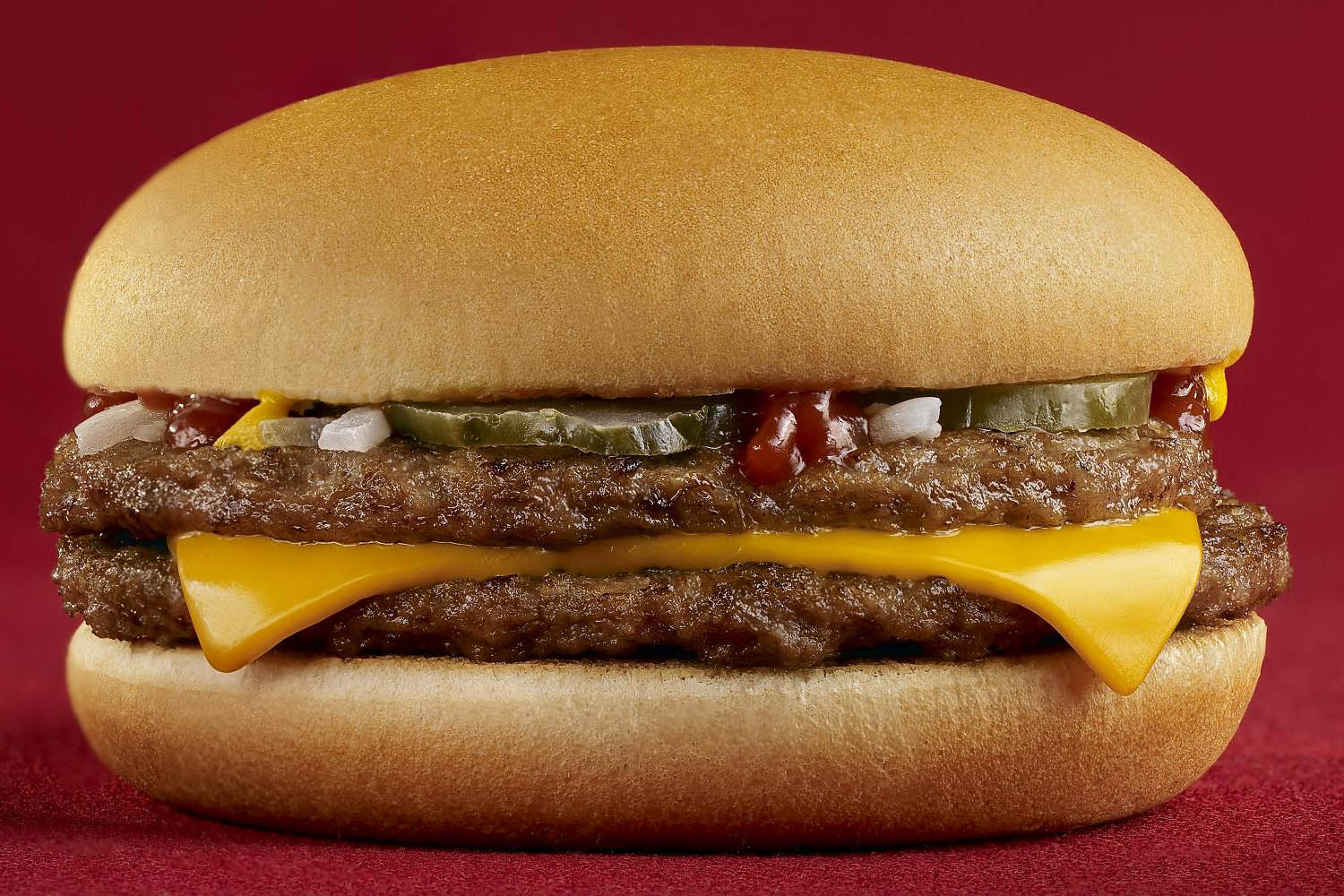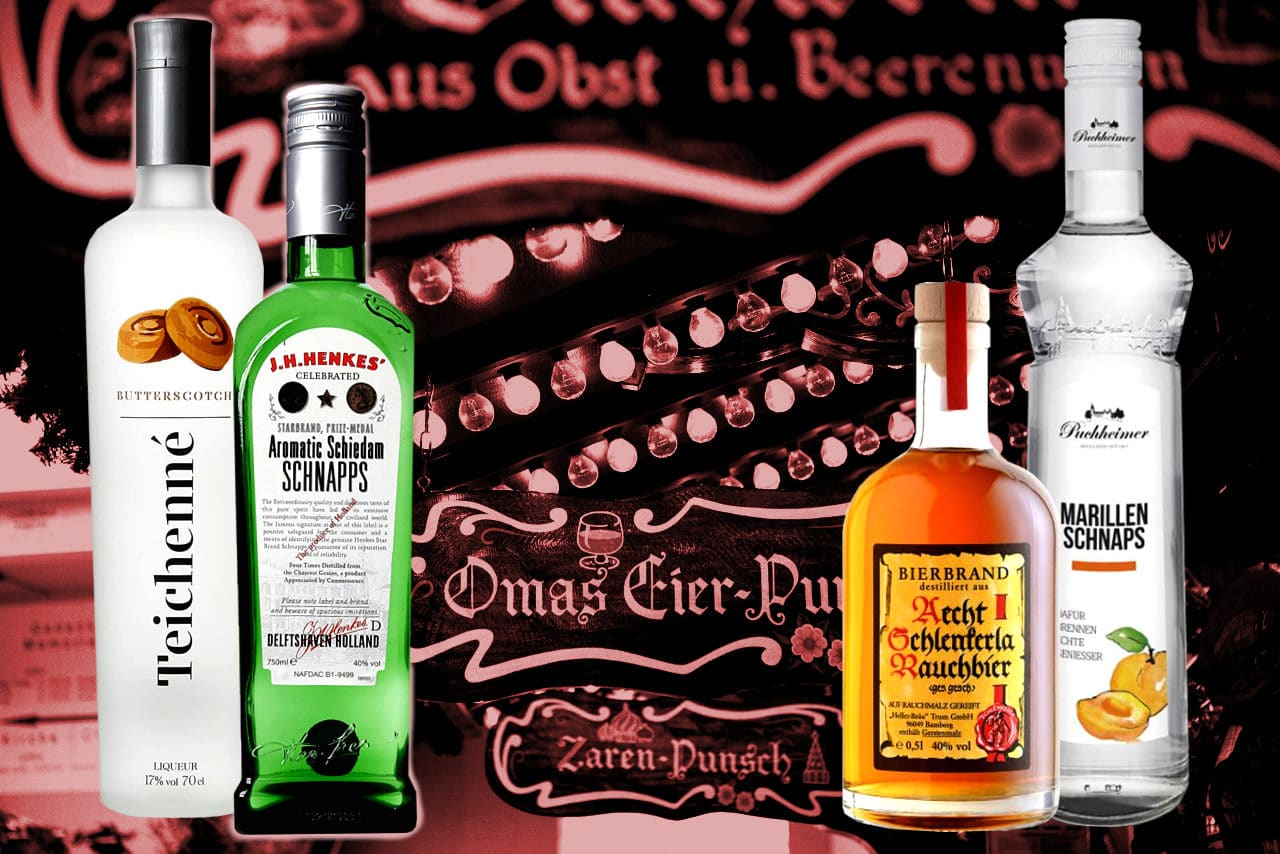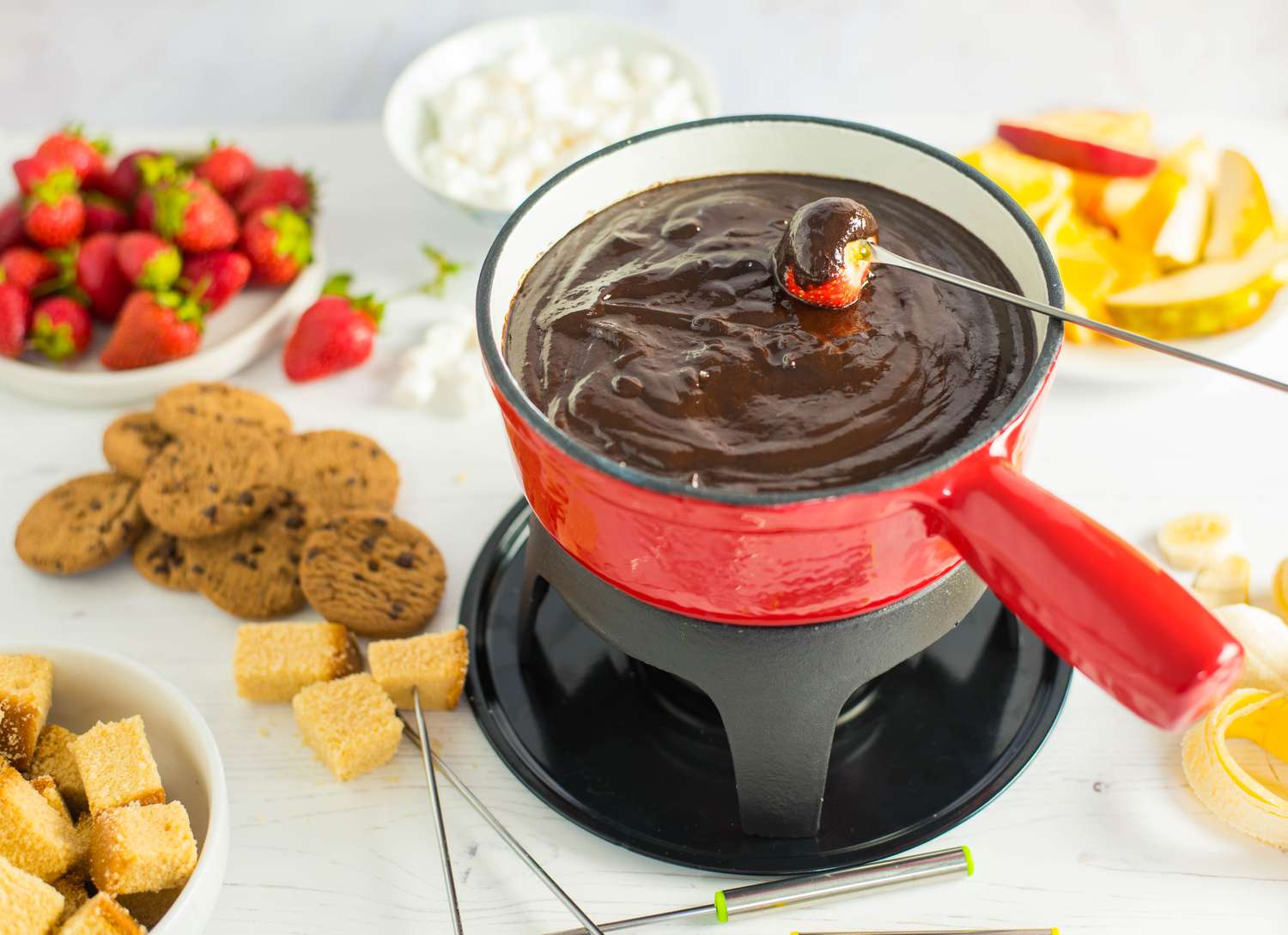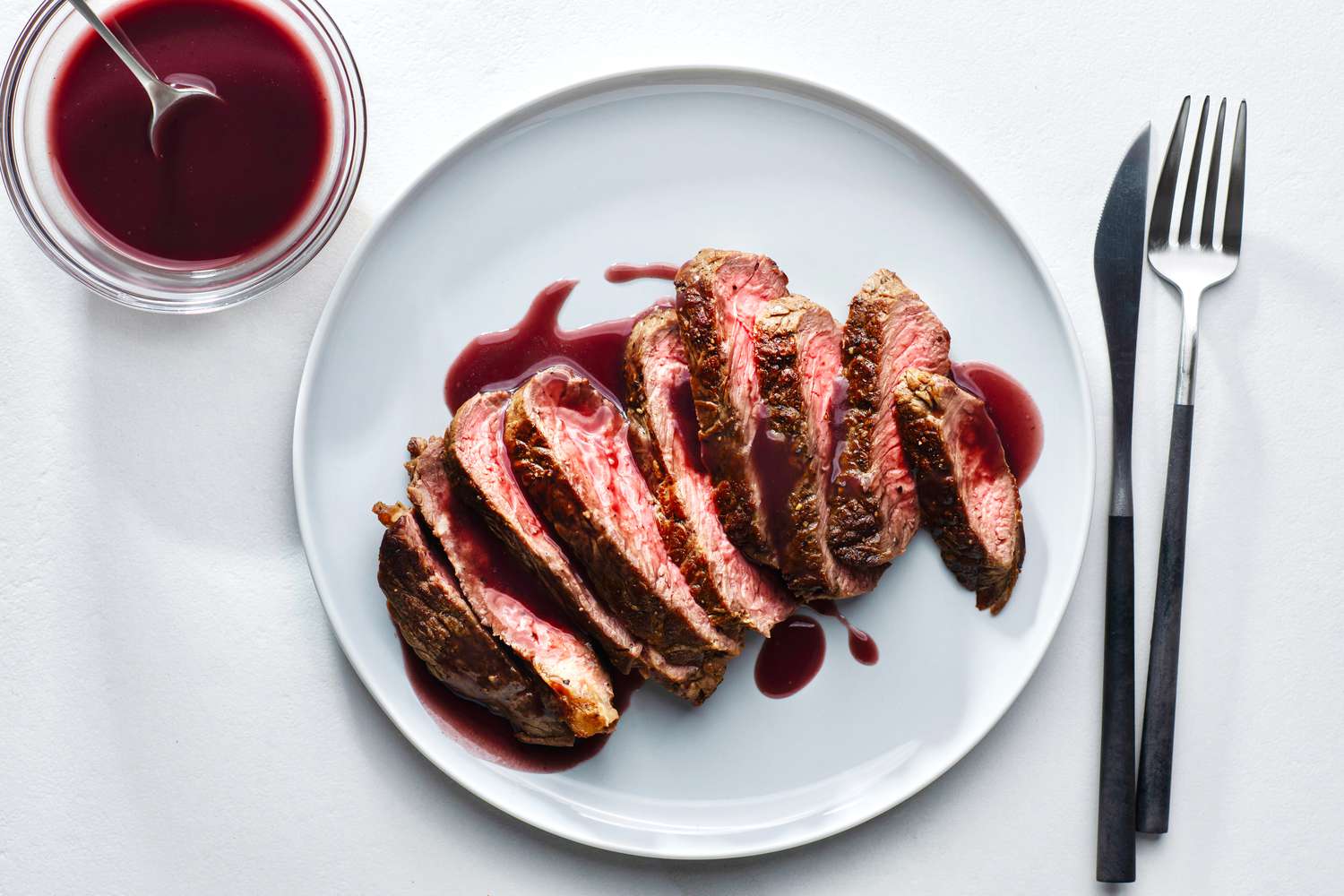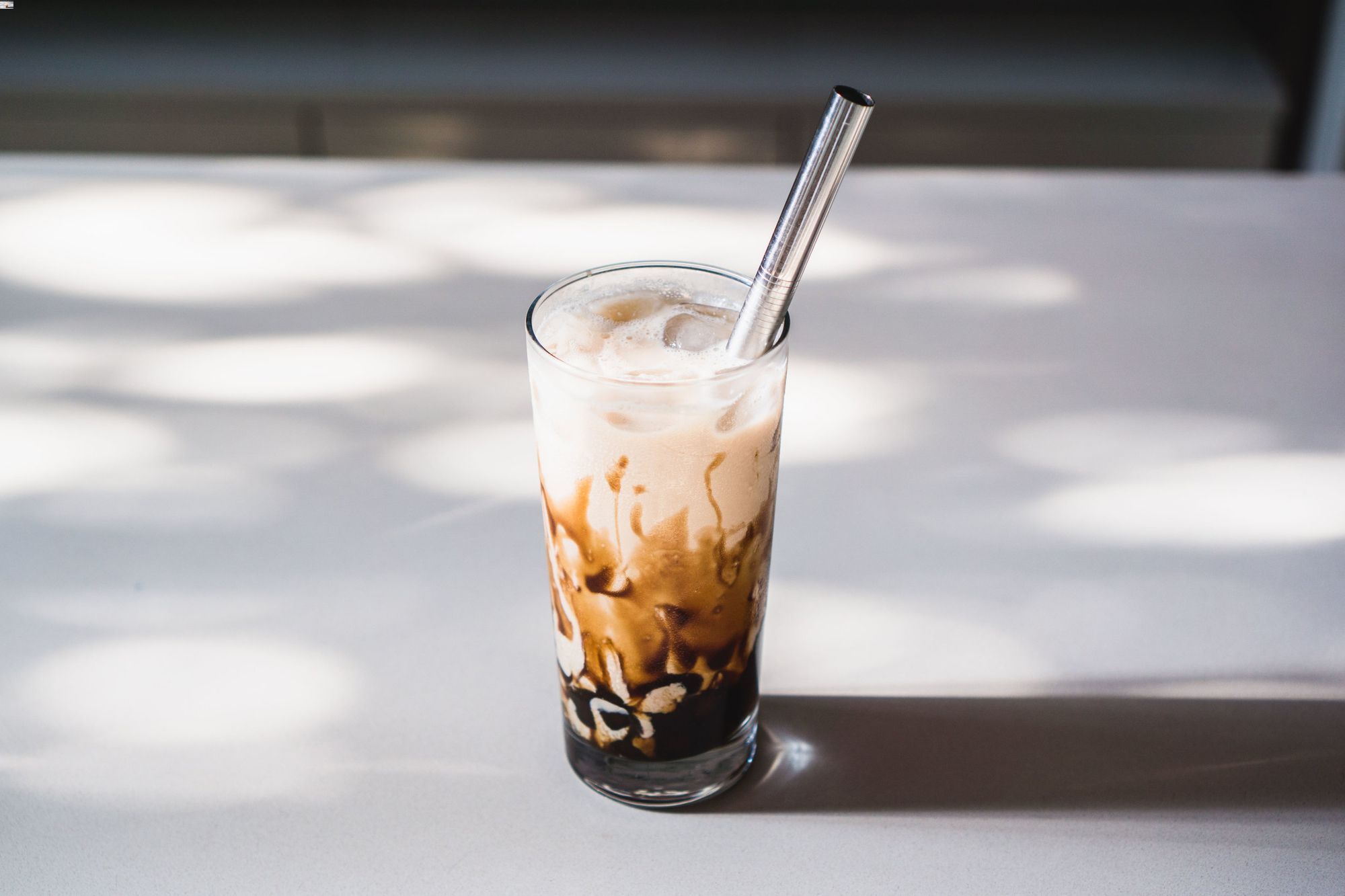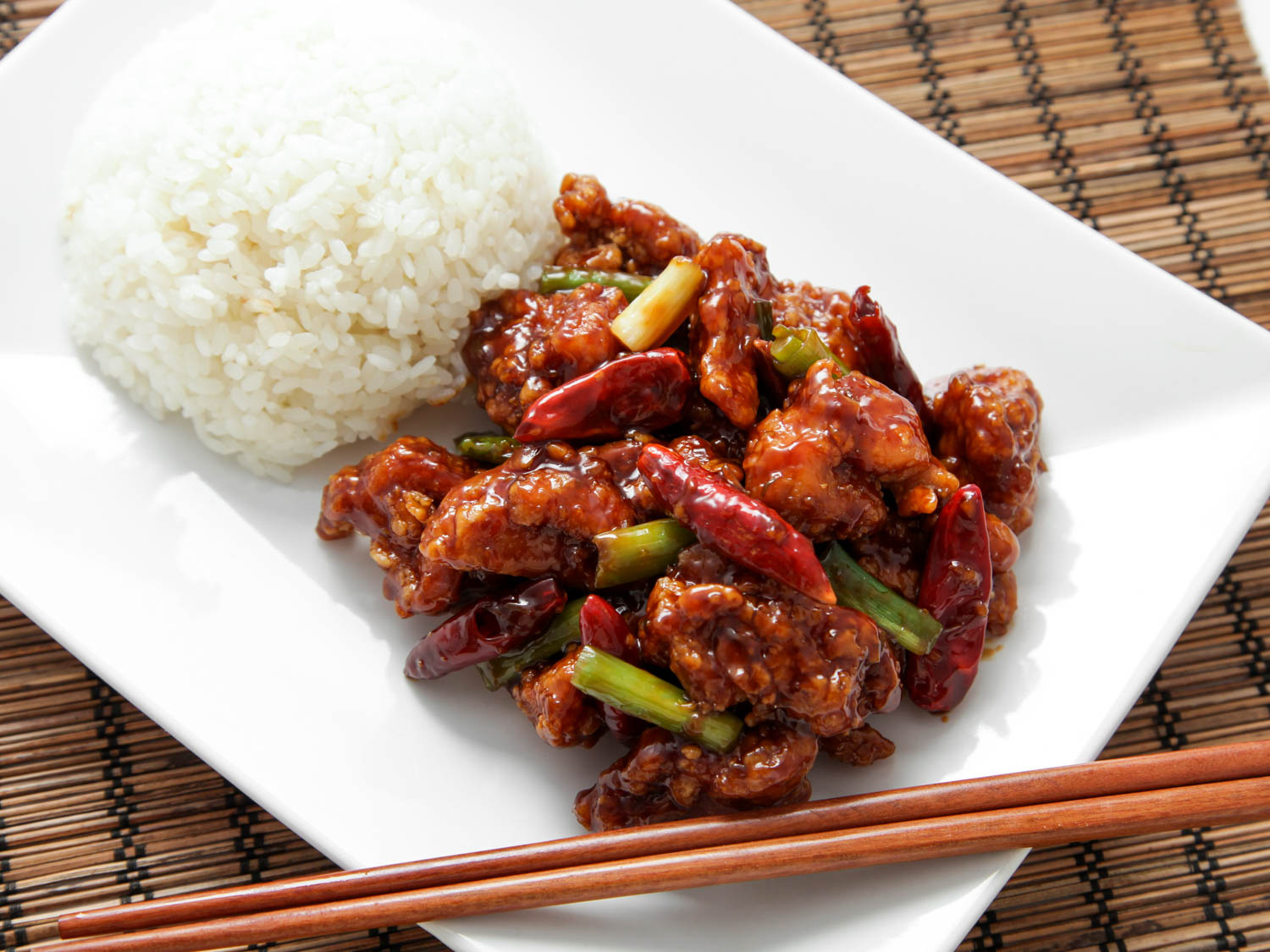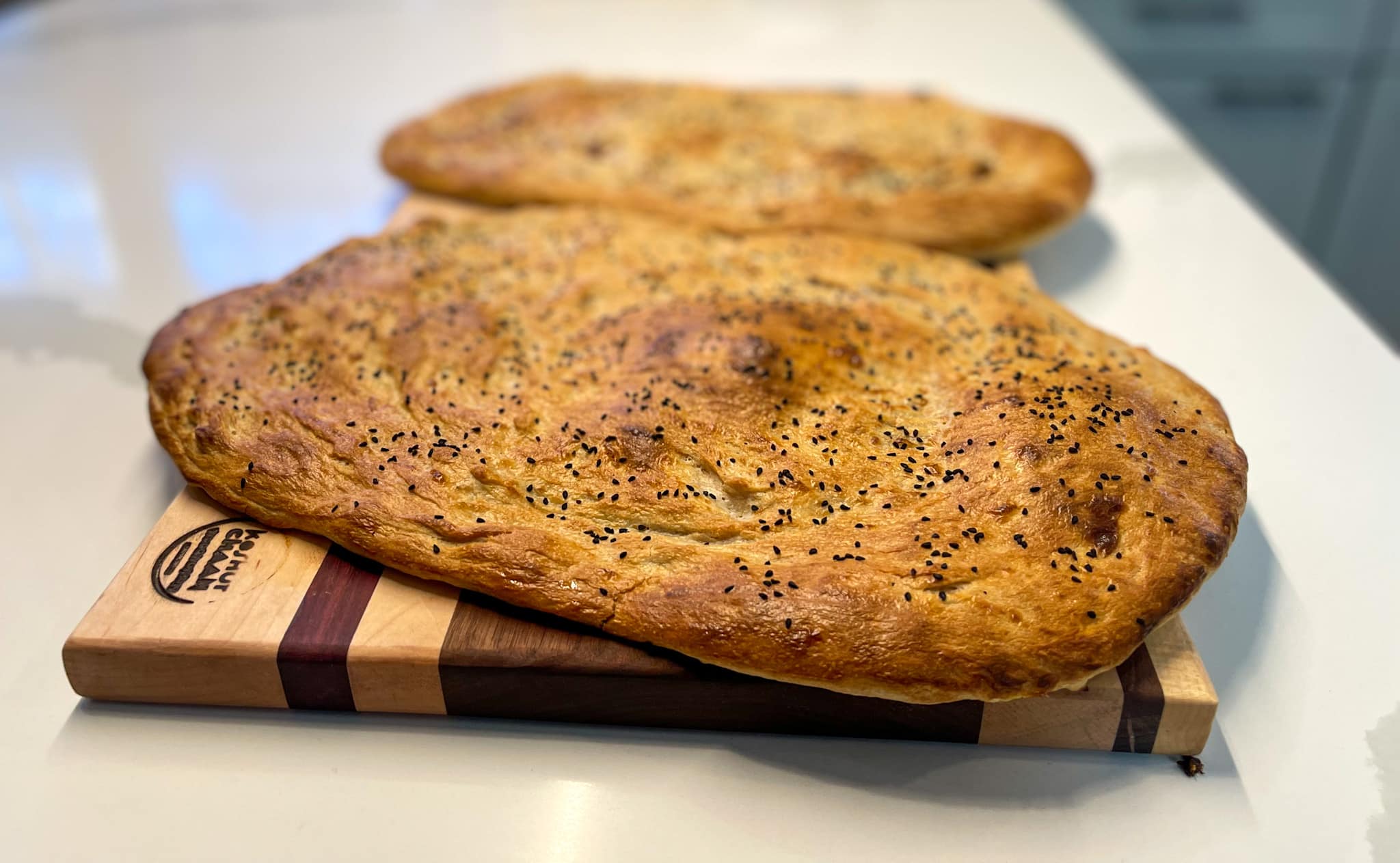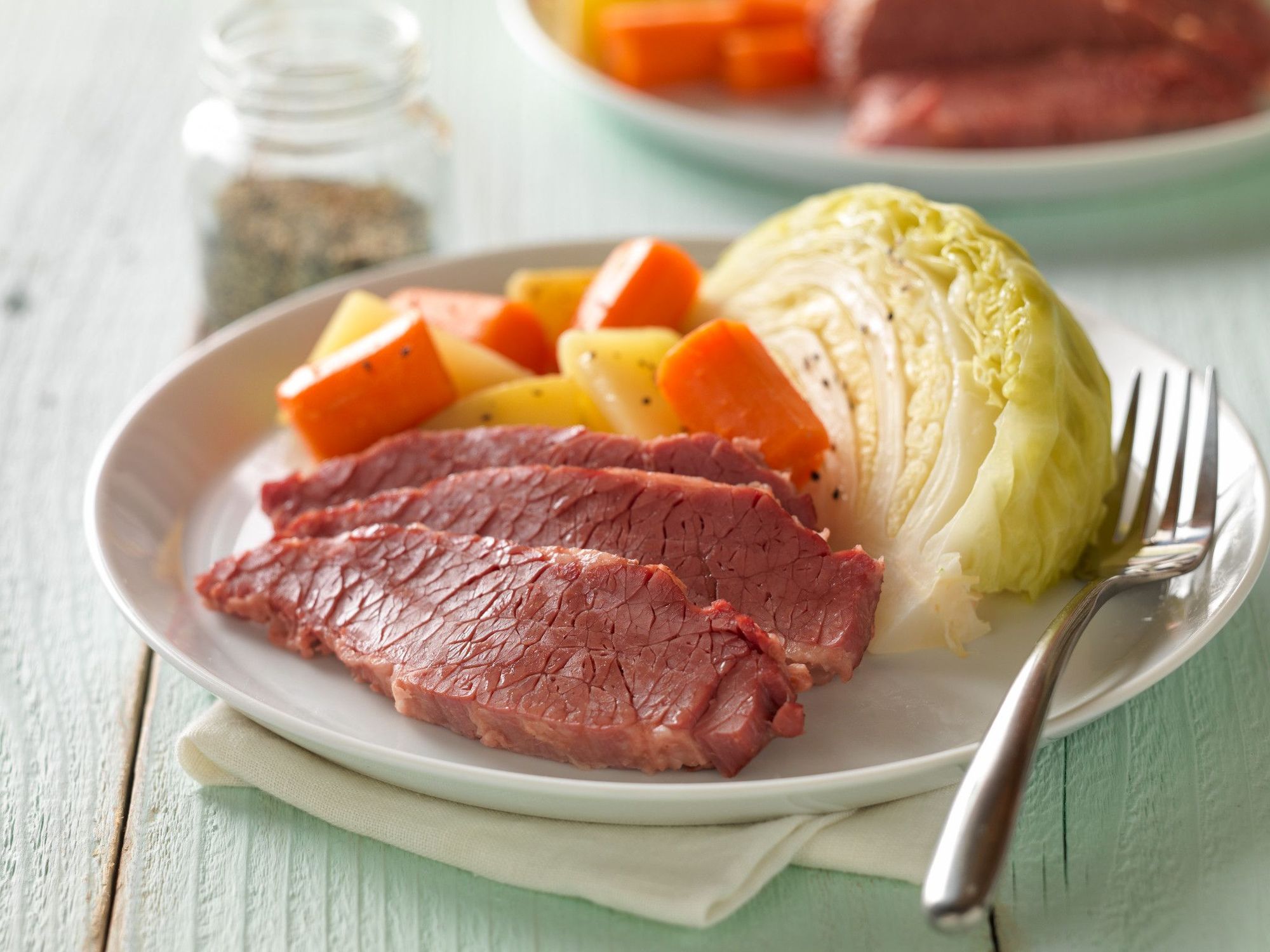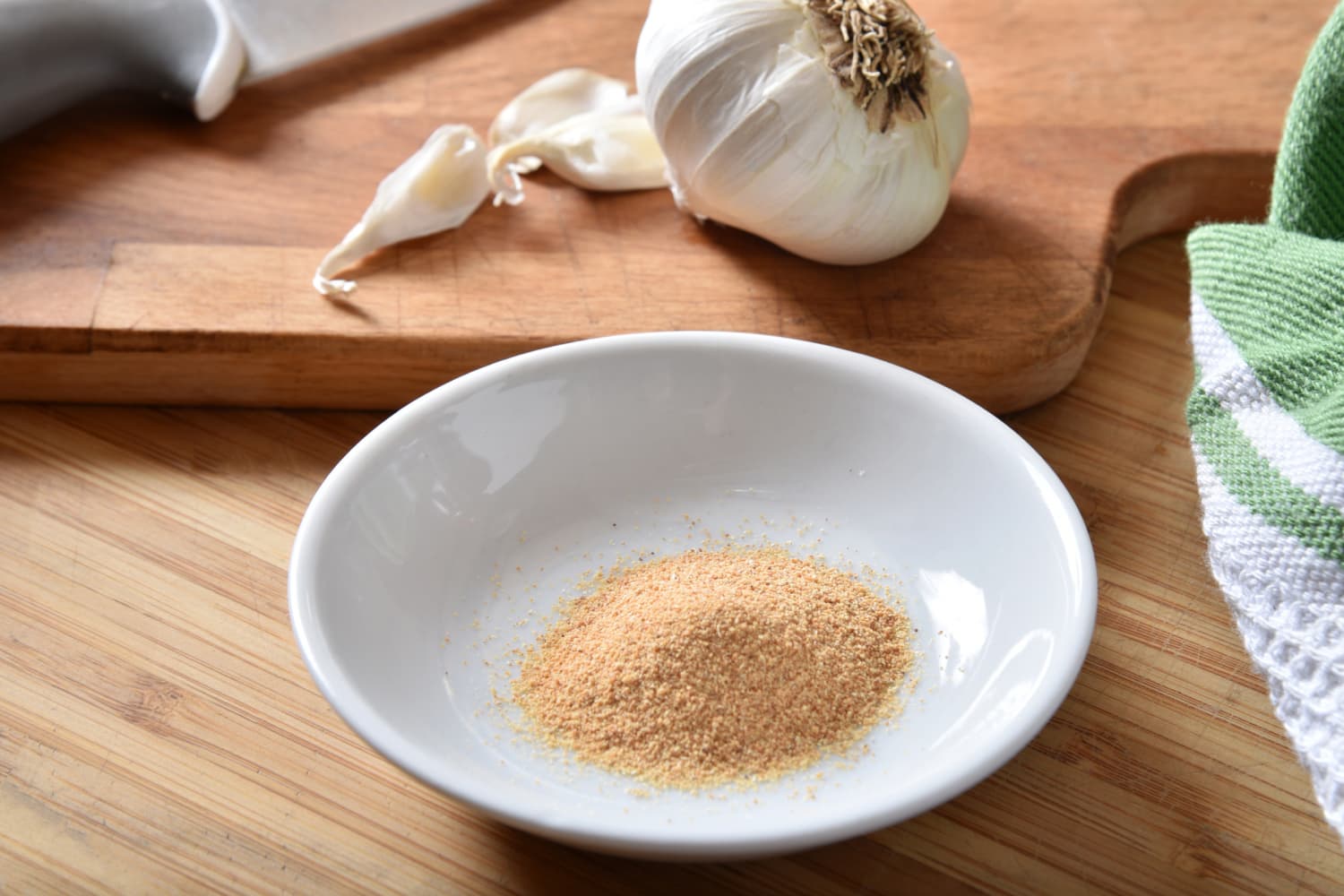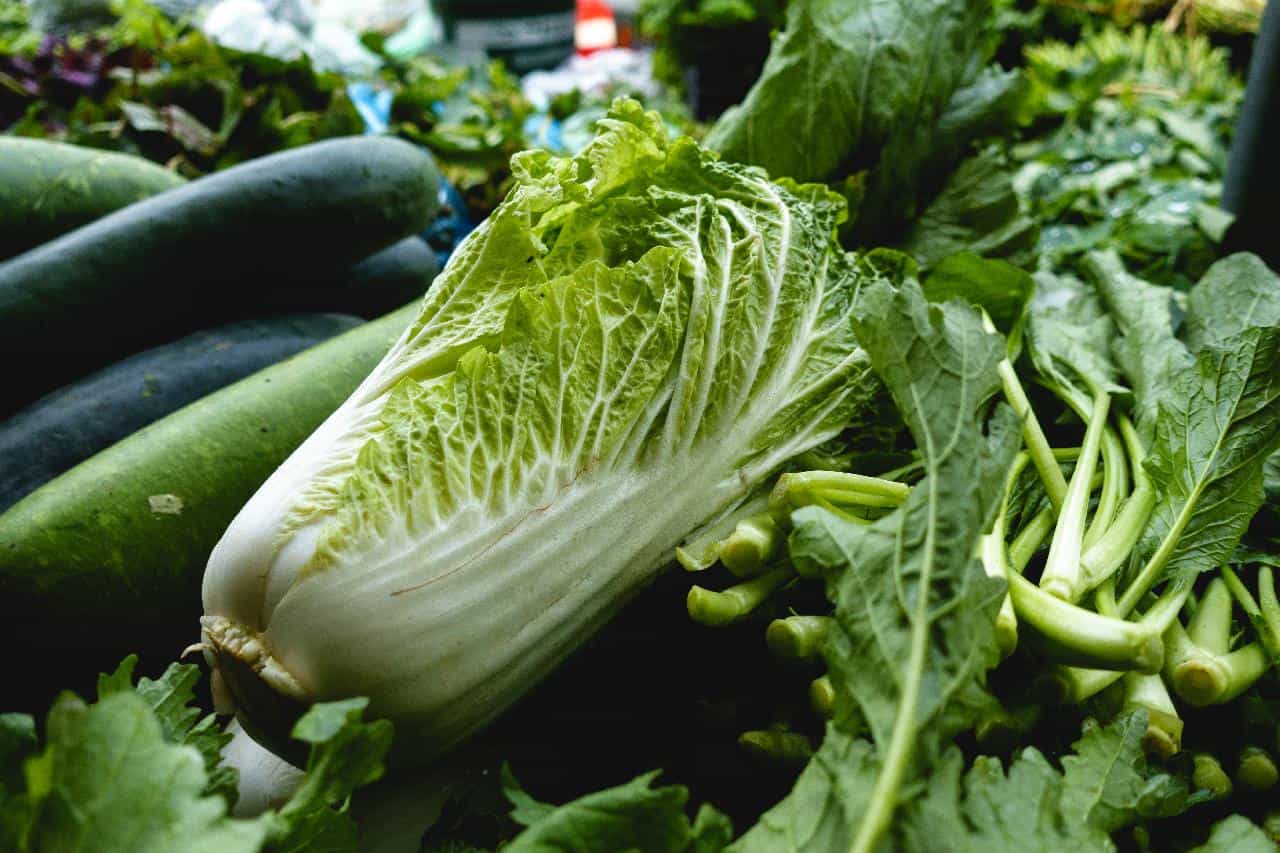Understanding Convection in Cooking
When it comes to cooking, there are various methods and techniques that can be used to prepare delicious meals. One such technique is convection cooking, which plays a significant role in the way heat is distributed and food is cooked. Understanding convection and how it works can help elevate your culinary skills and improve the quality of your dishes.
What is Convection Cooking?
Convection cooking involves the use of a fan and exhaust system to circulate hot air around the food being cooked. This circulating air helps to distribute heat more evenly, resulting in faster cooking times and often a more consistent end product. Convection ovens are equipped with a fan that continuously circulates the hot air, ensuring that the food is cooked from all angles.
How Does Convection Cooking Work?
Convection cooking works by utilizing the principles of heat transfer. The fan in a convection oven helps to distribute the hot air, ensuring that it comes into contact with the food on all sides. This constant circulation of hot air prevents hot spots and cold spots within the oven, leading to more uniform cooking. As a result, food is cooked more quickly and efficiently, making convection cooking a popular choice for many home cooks and professional chefs.
Benefits of Convection Cooking
There are several benefits to using convection cooking:
- Faster Cooking Times: The even distribution of heat allows food to cook more quickly, reducing overall cooking times.
- Even Cooking: Convection ovens help to eliminate hot spots, resulting in more consistent and even cooking.
- Crispier Texture: The circulating air can help create a crispier exterior on certain foods, such as roasted vegetables and meats.
- Energy Efficiency: Due to the faster cooking times, convection ovens can be more energy-efficient than traditional ovens.
Adapting Recipes for Convection Cooking
When using a convection oven, it’s important to make some adjustments to recipes that are designed for conventional ovens. Here are a few tips for adapting recipes for convection cooking:
- Reduce Cooking Time: Since convection ovens cook food more quickly, it’s important to reduce the cooking time or lower the temperature specified in the recipe.
- Lower the Temperature: Lower the temperature by about 25 degrees Fahrenheit when using a convection oven to prevent overcooking.
- Use Shallow Pans: Shallow pans allow the hot air to circulate more effectively around the food, promoting even cooking.
- Monitor the Food: Keep an eye on the food as it cooks, as it may be done sooner than expected due to the faster cooking times associated with convection cooking.
Conclusion
Convection cooking is a valuable technique that can enhance the cooking process and improve the quality of your dishes. By understanding how convection works and making the necessary adjustments, you can take full advantage of this cooking method and create delicious meals with ease.
Whether you’re roasting vegetables, baking pastries, or preparing a succulent roast, convection cooking can help you achieve exceptional results in the kitchen. Experiment with convection cooking and discover the difference it can make in your culinary endeavors.
Was this page helpful?
Read Next: What Is Chicken Juice?
